Conflict, climate change and hunger: A triangle of despair in South Sudan
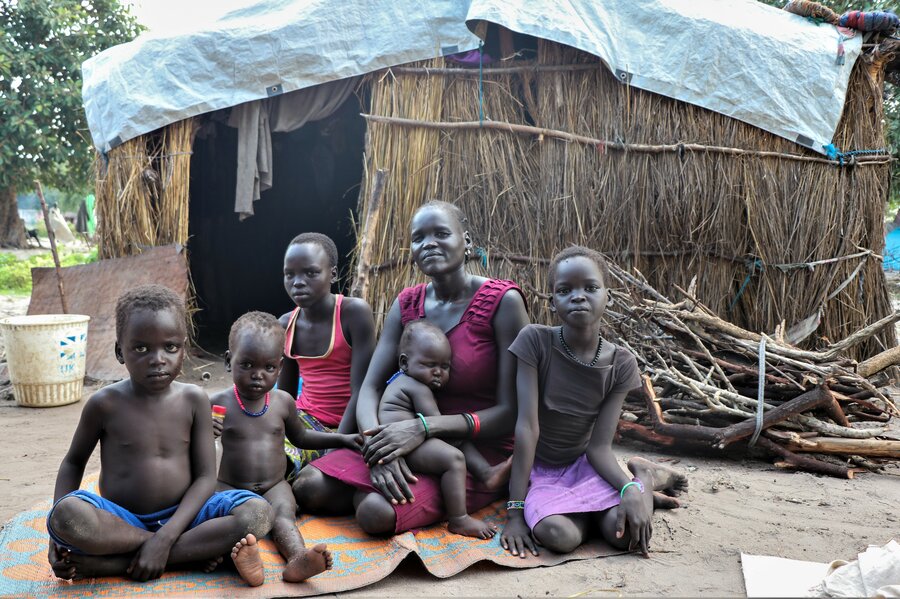
Nyanchiew Chung is trapped in a cycle of despair. Chronic violence has forced her to leave her home several times and now the mother of five has fled again after flooding destroyed her home, crops, and livestock.
Chung’s plight is typical of many South Sudanese families who are stuck in a cycle of conflict, climate shocks and rising levels of hunger.
Flooding has affected 380,000 people in South Sudan since May of this year. Almost 75 percent of those affected are from Unity and Jonglei States, where early seasonal rains have caused rivers to overflow dykes and banks, submerging entire settlements including farmlands and precious harvests.
Thousands have escaped to higher ground and now face severe food shortages, a lack of clean drinking water and the threat of mosquito-borne diseases. Some have even resorted to eating tree leaves to quell the pangs of hunger.
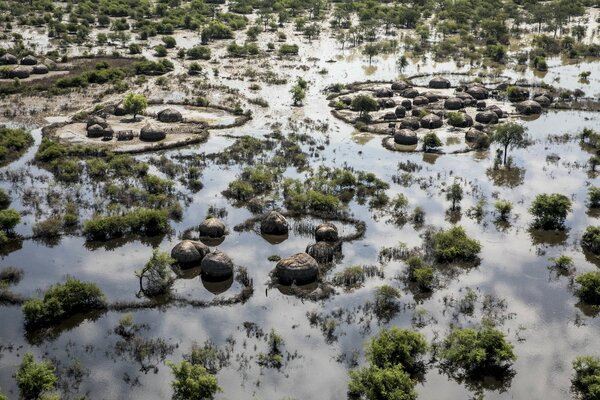
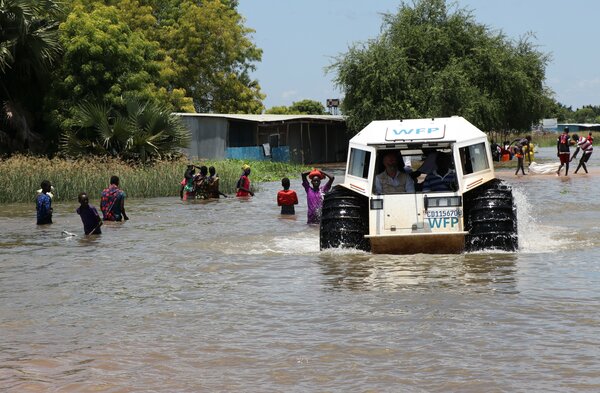
“We tried to build dykes but they broke, we tried to plant crops but floods washed them away and we lost many cattle too,” says Chung, who fled her home in Ghorwai, a village in Ayod County in Jonglei State.
Chung and her children walked for five days to reach Ayod town, a tiring and difficult journey made even harder by impassable roads. Carrying nothing but the clothes on their backs, the family survived the journey by collecting and selling firewood wherever possible.
An emergency team from the World Food Programme (WFP) was deployed to Ayod County to assess conditions. It has so far distributed urgently needed nutrition supplies to more than 70,000 vulnerable people.
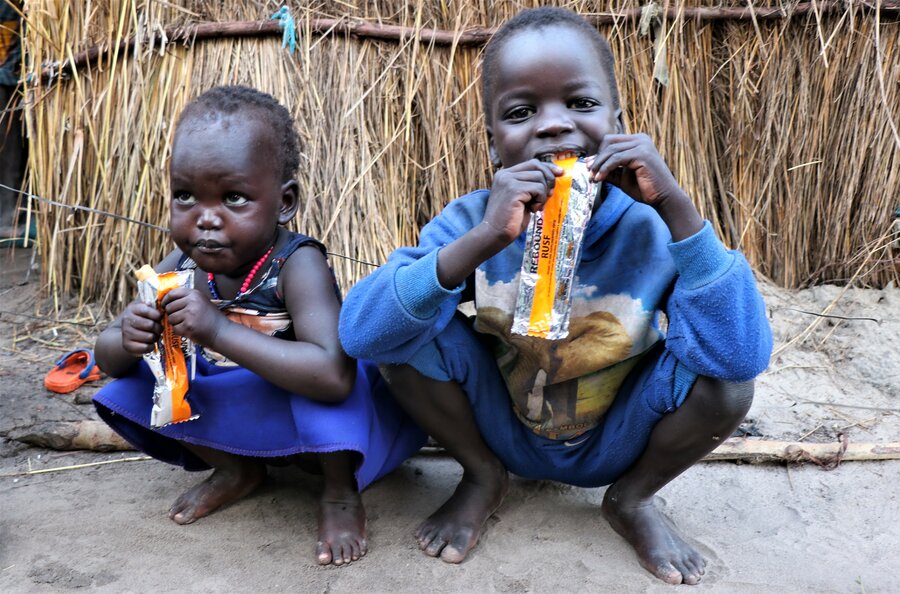
In the latest Integrated Food Security Phase Classification (IPC) – a common global scale for classifying the severity and magnitude of food insecurity and malnutrition - Ayod County is classified as an IPC Phase 4 area, meaning it is at the Emergency phase.
The effects of the floods, such as damage to homes, harvests and livestock, as well as human displacement, threatens to compound the food insecurity of an already vulnerable population.
In partnership with Catholic Relief Services and Christian Mission for Development, WFP is responding to immediate needs by providing nutritional supplements to treat malnutrition in children under 5, and pregnant and breastfeeding mothers.
“The lack of food is a big problem and is the main cause of malnutrition in the area,” says Kueth Gai Bol, a nutritional assistant with Christian Mission For Development who sees dozens of children every day, many of them displaced by the flooding. “Families can’t buy food and many breastfeeding mothers are also malnourished, which affects their babies too.”
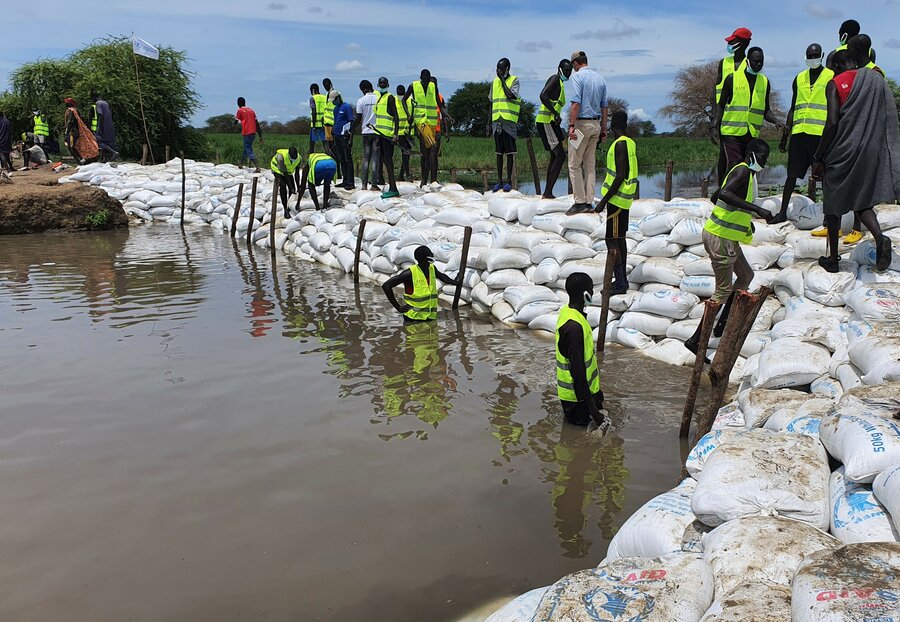
In a country where seasonal flooding is common, WFP is also responding to longer-term challenges by involving local communities in Jonglei State in repairing dykes that have been breached by floods, and building roads which enable families to return to their homes and livelihoods.
In Bor city, the capital of Jonglei State, WFP has been working with volunteers for several months to repair 200 dyke breach points and a 93-km section of the flood-damaged Bor-Baidit-Jalle-Mabior road. These repairs have enabled 13,000 people – who were displaced by flooding in 2020 – to return to their homes.
The recent floods come amid an already critical time for South Sudan, which is facing the worst hunger crisis since its independence in 2011. A total 7.24 million people - or 60 percent of the population - are facing food insecurity.
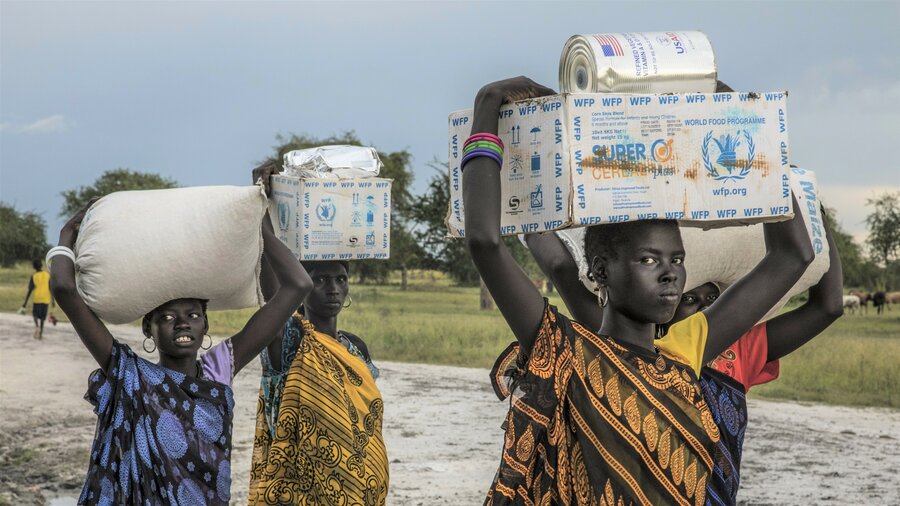
WFP plans to reach over 5.3 million people in South Sudan in 2021, with food and nutrition assistance across its emergency, nutrition and livelihoods programmes.
WFP’s emergency response in Jonglei State is possible thanks to generous contributions from the European Commission, the United Kingdom, Japan, and the United States.
